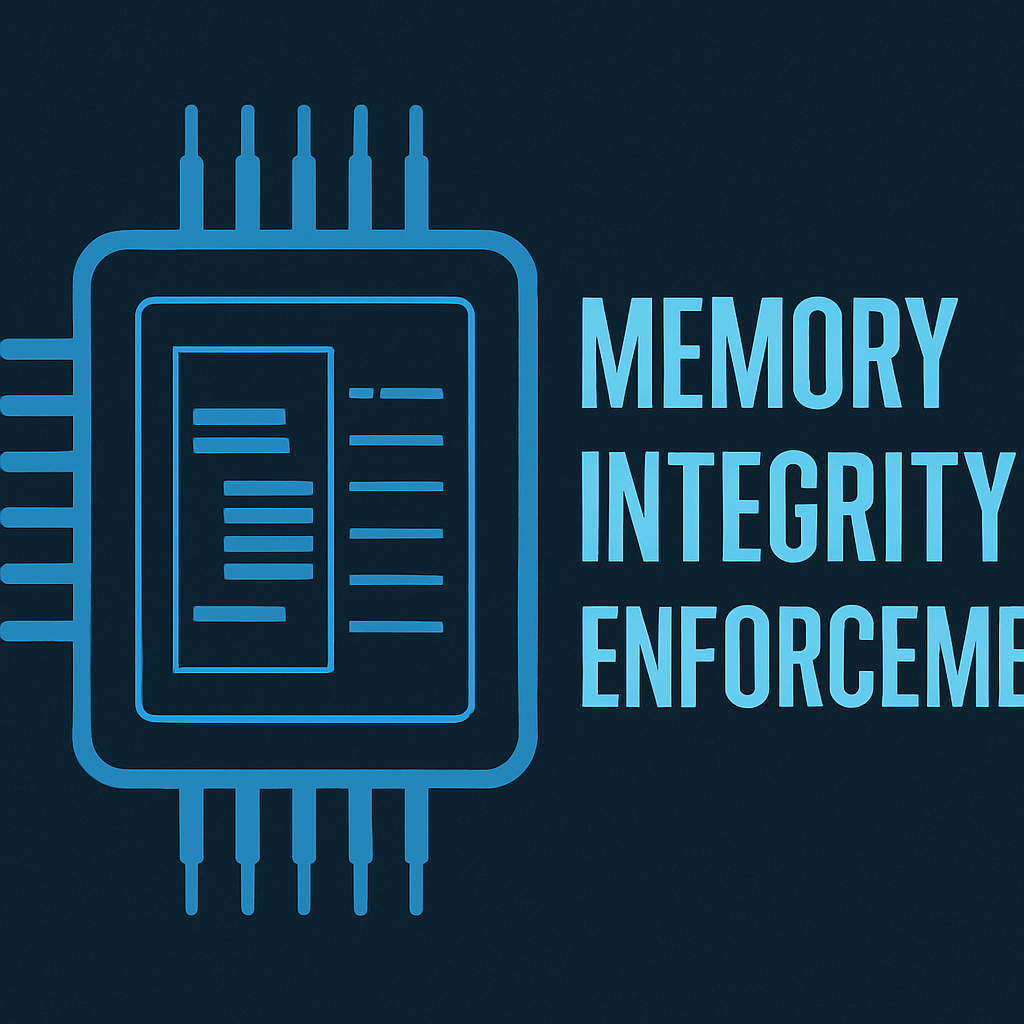Apple’s September 2025 launch of the iPhone 17 lineup and iPhone Air marked a significant step in smartphone security. At the centre is Memory Integrity Enforcement (MIE), a hardware-and-software defence built into the A19 and A19 Pro chips. MIE delivers always-on, synchronous memory protection for the iOS kernel and more than 70 userland processes, raising the bar against modern exploit chains while keeping performance intact.
What MIE Is — and Why It Exists
Apple’s position is clear: eliminating every software bug is unrealistic, so the platform must make common memory flaws unexploitable. MIE is Apple’s first system-wide, real-time enforcement of memory safety rules at the silicon and OS layers, designed to block two dominant bug classes — buffer overflows and use-after-free — before an attacker can build momentum.
MIE builds on Enhanced Memory Tagging Extension (EMTE), an evolution of Arm’s original MTE, but with deeper OS integration and synchronous checks rather than delayed, best-effort reporting. The result is a production-grade defence rather than a developer-only debugging aid.
How It Works
Every block of memory is assigned a secret tag. A pointer to that block carries the same tag, and on every access the A19 chip compares the two. If they match, the access is allowed. If not, the process is immediately halted, blocking exploitation in real time.
Key innovations include:
- Typed, secure allocators that separate memory by type to reduce type confusion and limit attacker movement.
- Adjacent allocation diversity, ensuring neighbouring memory blocks never share the same tag, stopping overflows across boundaries.
- Automatic retagging on free, changing the tag each time memory is released, which shuts down use-after-free exploits.
- Rules for non-tagged memory, closing a historic bypass by enforcing tag rules even when tagged code accesses untagged data.
- Tag confidentiality enforcement, using silicon-level safeguards to prevent attackers from deducing or leaking tag values through advanced techniques such as speculative execution attacks.
The design is always on, enabled by default across the system. Apple dedicated substantial silicon resources to make this possible without slowing down the device. For developers, MIE is fully supported in Xcode’s Enhanced Security settings, allowing apps to be tested and optimised for compatibility.
Shutting Down Exploit Chains
High-end attacks, such as those built by mercenary spyware vendors, often begin with a memory corruption bug. Once attackers gain a foothold, they escalate privileges and chain multiple flaws to take control of the device.
Apple’s internal offensive security team spent five years testing MIE against historical and newly discovered exploits. Their conclusion: previous exploit chains could not be rebuilt under MIE. The few techniques that remained were unreliable and lacked the precision needed to succeed. This dramatically raises the cost of developing future attacks and forces adversaries to pursue rarer, harder-to-find vulnerability classes.
The Evolution of Apple Silicon Security
MIE is the latest milestone in Apple’s silicon security strategy. Earlier chips introduced features like Pointer Authentication Codes (PAC) in the A12 Bionic, which protected control-flow integrity by cryptographically signing pointers. Later, Apple added Secure Page Table Monitor (SPTM) to protect page tables and critical kernel data.
MIE builds on this foundation by moving beyond protecting pointers or memory maps to safeguarding every memory access. By doing so, it targets the root cause of memory corruption rather than the symptoms.
Why It Matters
Apple has long maintained that widespread iOS malware outbreaks have never occurred. Past attacks were narrow, targeted, and expensive to develop. By default, MIE makes these attacks vastly more difficult to create and maintain.
For enterprise and individual users, MIE offers:
- Stronger protection for sensitive apps and communications.
- Reduced risk of high-end zero-day exploits being deployed against executives or high-value targets.
- A new standard for mobile device security that could influence the broader industry.
The Road Ahead
MIE is invisible to users — there are no settings to configure and no performance trade-offs to consider. It represents a shift from reactive patching to proactive prevention, where entire exploit classes are rendered impractical.
While no platform can ever be perfectly secure, MIE marks a turning point. By embedding memory safety directly into its chips and enforcing it continuously, Apple has set a new benchmark for consumer device protection and raised the bar for attackers worldwide.
Keywords: #Apple #iPhone17 #iOSSecurity #CyberSecurity #DataProtection #MobileSecurity #TechInnovation #DigitalSafety #MemoryIntegrity #SecureByDesign #HardwareSecurity #A19Chip #SpywareDefense #ZeroDay #Privacy #DataSecurity #ThreatPrevention #DeviceSecurity #SecurityArchitecture #FutureTech #OSSecurity #MemorySafety #SecurityEngineering #TaggingTech #SecureTech #MobilePrivacy #Encryption #NextGenSecurity #SystemIntegrity #ExploitPrevention #SecurityUpgrade #AppleSecurity #TechTrends #SmartphoneSecurity #DigitalTrust
